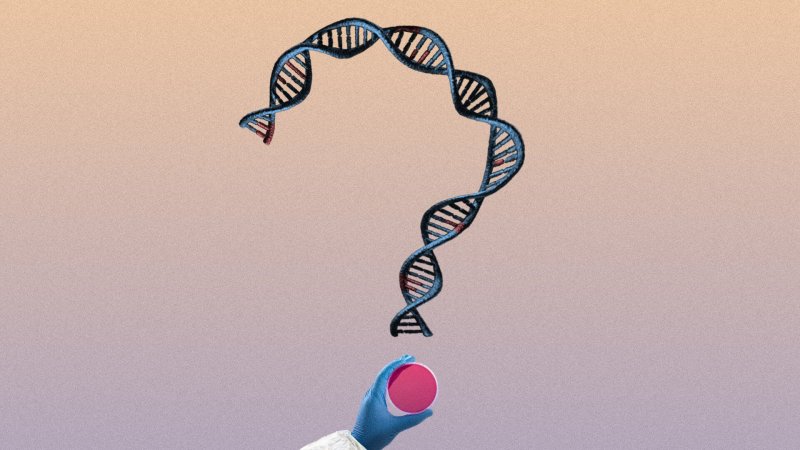What is gene editing?
Genome editing (also known as gene editing) is a group of technologies that provide scientists with the ability to manipulate an organism’s DNA. Using this technology, genetic material can be added, removed or altered at particular locations in a genome.
…
How is Crispr used?
“CRISPR-Cas9 was adapted from a naturally occurring genome editing system in bacteria.” – Quizlet.com.
…
As in bacteria, the modified RNA is used to recognize the DNA sequence, and the Cas9 enzyme cuts the DNA at the targeted location. Although Cas9 is the enzyme that is used most often, other enzymes (for example Cpf1) can also be used.
Once the DNA is cut, researchers use the cell’s own DNA repair machinery to add or delete pieces of genetic material or to make changes to the DNA by replacing an existing segment with a customized DNA sequence.
…
How much does Crispr cost?
According to a report published on the İndependent, the cost of CRISPR treatments ranges from about $500,000 to $1.5 M.
Over a lifetime, drugs like Nusinersen (used to treat spinal muscular atrophy) can be even more expensive. Estimates are $750,000 in the first year followed by $375,000 for each subsequent year for life.
Read full, original post: Hacking Ourselves: The Promise of Gene Therapy































